Blogs and Free Resources
Here at PESI, our mission is to provide professionals like you with FREE practical and valuable tools, strategies,
and resources to assist with the great work you do. Find expert tips, helpful worksheets, demonstration videos, CE, news,
and more here. Happy learning!
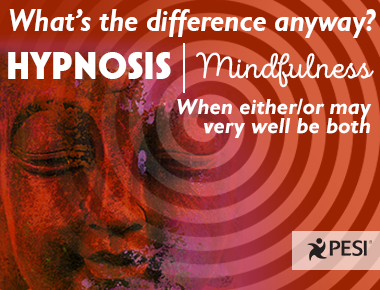
Mindfulness Vs. Hypnosis
What's the difference anyway?
Clients (and therapists making referrals) are usually fairly certain that they want one or the other. They feel that either hypnosis or mindfulness is what is needed. You want to stop smoking? Hypnosis. You want to calm down? Mindfulness. It is usually either/or, though the presenting issue may very well be both.
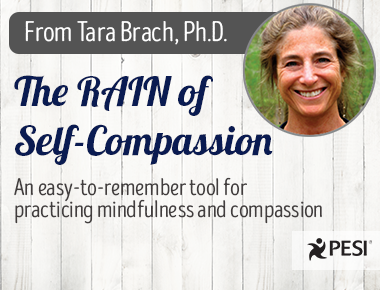
The RAIN of Self-Compassion
In order to unfold, self-compassion depends on honest, direct contact with our own vulnerability. This compassion fully blossoms when we actively offer care to ourselves. Yet when we’ve gotten stuck in the trance of unworthiness, it often feels impossible to arouse self-compassion. To help people address feelings of insecurity and unworthiness, I like to share a meditation I call the RAIN of Self-Compassion. This easy-to-remember tool for practicing mindfulness and compassion uses four simple steps…

S.T.O.P.: An MBSR Practice for Developing Awareness
One of the things we practice in MBSR is becoming aware of the triggers of dissatisfaction and suffering. A wonderful way to maintain a greater sense of well-being is the ability to notice when things get a little off kilter and we start to experience unhappiness. It is in this moment that we can use the method of S.T.O.P. to allow ourselves to listen with open hearts and minds and commit to being freer and happier.
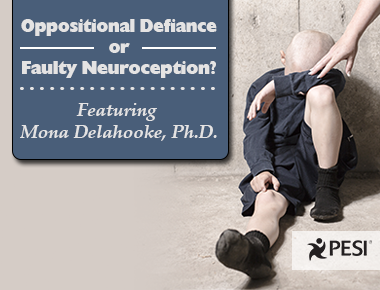
Oppositional Defiance or Faulty Neuroception?
Over the years I have come to believe that oppositional defiant disorder (ODD) is not a label that should be used to describe young children. As a developmental psychologist, I view oppositional defiance as a child’s response to stress. Viewing children’s challenging behaviors on a continuum of stress and stress recovery reveals a whole new way to think about this stigmatizing disorder, as well as a new way to support children, informed by neuroscience.
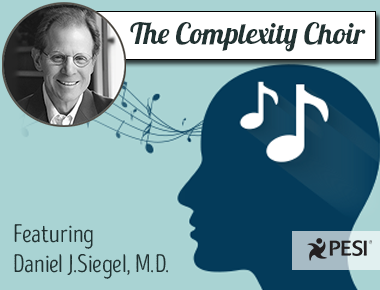
The Complexity Choir
I've come to believe that integration is the key mechanism beneath both the absence of illness and the presence of well-being. Integration -- the linkage of differentiated elements of a system -- illuminates a direct pathway toward health. It's the way we avoid a life of dull, boring rigidity on the one hand, or explosive chaos on the other. We can learn to detect when integration is absent or insufficient and develop effective strategies to promote differentiation and then linkage.
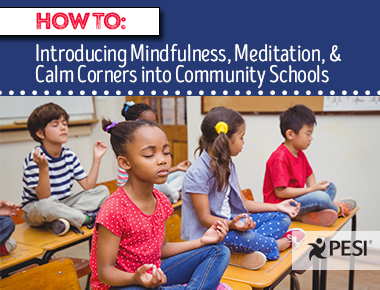
Introducing Mindfulness, Meditation, and Calm Corners into Community Schools
Schools are witnessing the benefits of bringing mindfulness practices into education as a strategy for promoting social and emotional learning among students. Check out these easy ways to integrate mindfulness routines for classrooms.
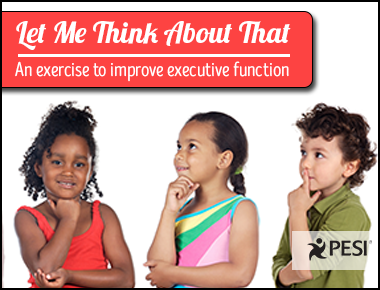
Let Me Think About That
An exercise to improve executive function
It’s helpful for children to have a strategy to think about an activity or action before they do it. Building “time to reflect” as well as “intent to act” into the thinking process is empowering. This worksheet provides an opportunity for the child to explore the parts of a task, the plan of action to complete the task and the steps to revise their approach in the future.

4 Risk Assessment Tests for Knee Recovery
What determines pass or fail on hop tests and star excursion tests? In this short video, international speaker Ryan August, PT, DPT, MTC, CMP, demonstrates four risk assessment tests to use with your recovering knee patients.

Yoga and Mindfulness Tools for Children: Grounding and Becoming Present
Get two yoga and mindfulness practices to share with the children in your life. Each exercise comes with matching coloring pages and worksheets to further enhance the experience and deepen reflection, and you can download these supporting materials for free. Don’t forget to try these out yourself as well, as we all could use some orienting and grounding no matter what our age!
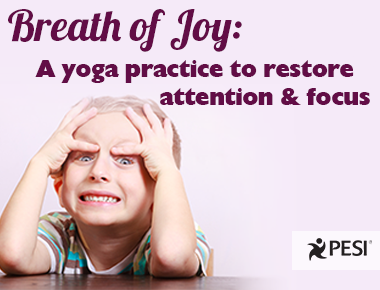
Breath of Joy
A Yoga Practice for Children with ADHD
Sometimes children with ADHD just can't stop moving...Here's a quick and enjoyable strategy to help restore attention and focus.

